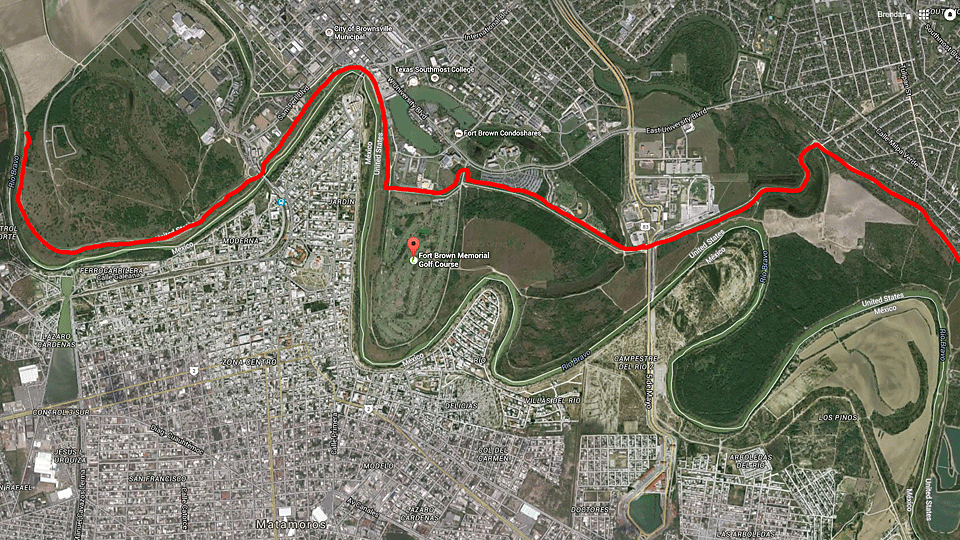A fence of about 56 miles in length meant to protect the U.S./Mexico border has put a legendaryTexas golf course out of business, according to the San-Antonio Express News.
The Fort Brown Memorial Golf Course in Brownsville, Texas, is sandwiched between the fence and the Mexican border. The fence, which was constructed only a few years ago, was not built directly on the border for logistical reasons but rather in a way that trapped the course in a sort of dead zone, gradually decreasing business and resulting in a full stoppage of operation in May of this year.
The course was initially built in the 1950s for golfers not wealthy enough to get access to a nearby country club and was later made home of the Pan-American Golf Association, an organization created to boost the game’s presence among members of the community. The course has been owned by Robert Lucio since 1987 and was built on the remains of Fort Brown, a U.S. military base that played a significant role in the Mexican-American war.
NEWSLETTERS: Sign up for latest golf news, tips, insider analysis
Lucio told the San-Antonio Express News that “business was robust” until 2005, when he extended his lease another 25 years. Lucio, whose brother is a state Senator in Texas, soon learned of the Secure Fence Act of 2006, calling for hundreds of miles of fencing to protect the U.S. border. But Lucio had already extended his lease with Texas Southmost College, owners of the land on which Fort Brown Memorial Golf Course once sat.
“Right away, even before the fence went up, it affected our business,” Lucio told the paper. “We started having people not renewing their membership.”
Lucio estimates that his revenue decreased by 40 percent within a year of when the act was passed.
“I wanted the government to at least say that what they’re doing here hurts people. But I guess they got exactly what they wanted: a no man’s land.”
The San Antonio-Express News’ Aaron Nelsen aptly describes the toll the fence has taken on locals, and what could happen if further, similar measures are taken:
Yet the demise of Lucio’s business is seen by observers as a poignant reminder of the enduring effect the fence has had on border communities, especially as leading Republican presidential hopeful Donald Trump has rekindled the contentious debate with his proposal to continue building a wall along the 2,000-mile border with Mexico.
In addition to declining revenue, drug cartel violence in the area hurt Lucio’s business and his ability to attract new golfers, let alone maintain usual customers.
“The reality is the border fence is there. It’s not going away,” Antonio Zavaleta, an instructor at the sociology and anthropology department at the University of Texas Rio Grande Valley, told the paper. “People who live here don’t even think about it any more.”
